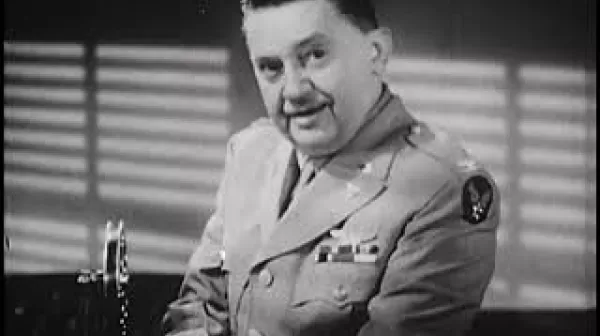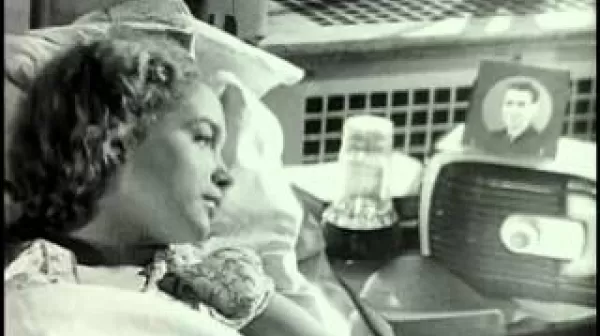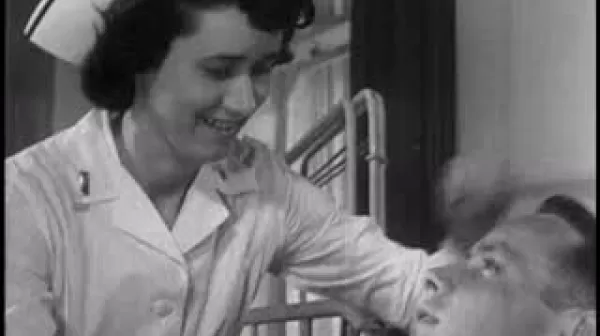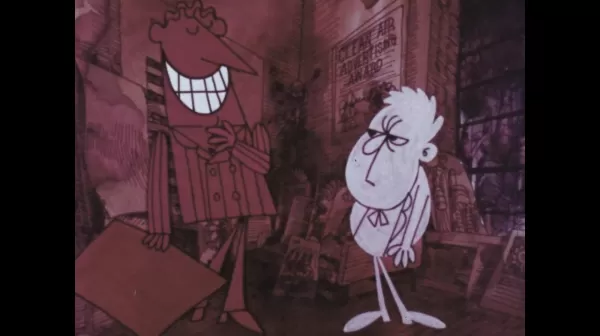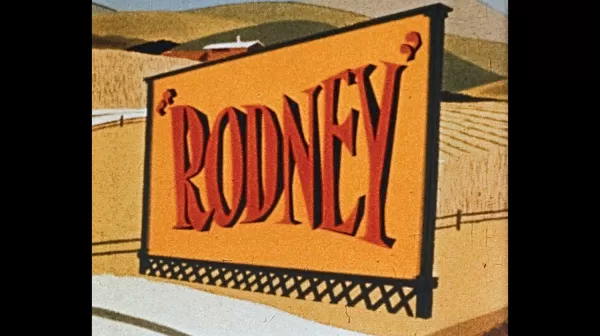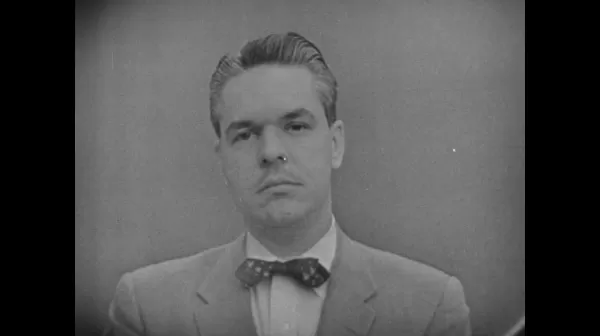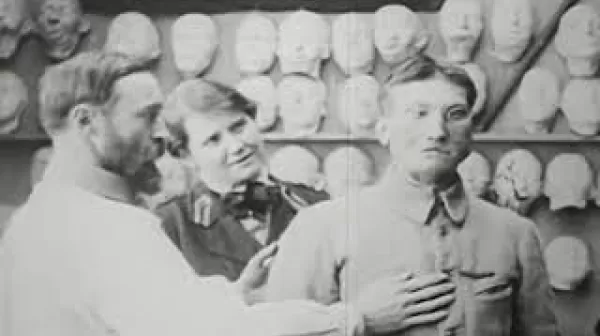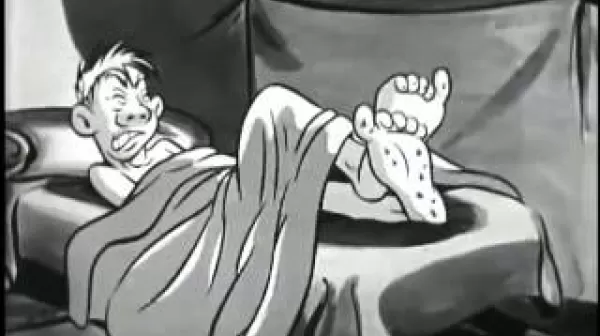To the People of the United States (USPHS, 1944)
This film illustrates the serious problem of syphilis, particularly as it affects American armed forces during World War II. It presents numbers of cases nationwide and in New York State in particular, comparing the figures to Scandinavian countries where the disease does not carry the same stigma and more people are routinely tested. Shown are the importance and relative ease of detection and cure, and a comparison to Denmark’s syphilis program specifically.

